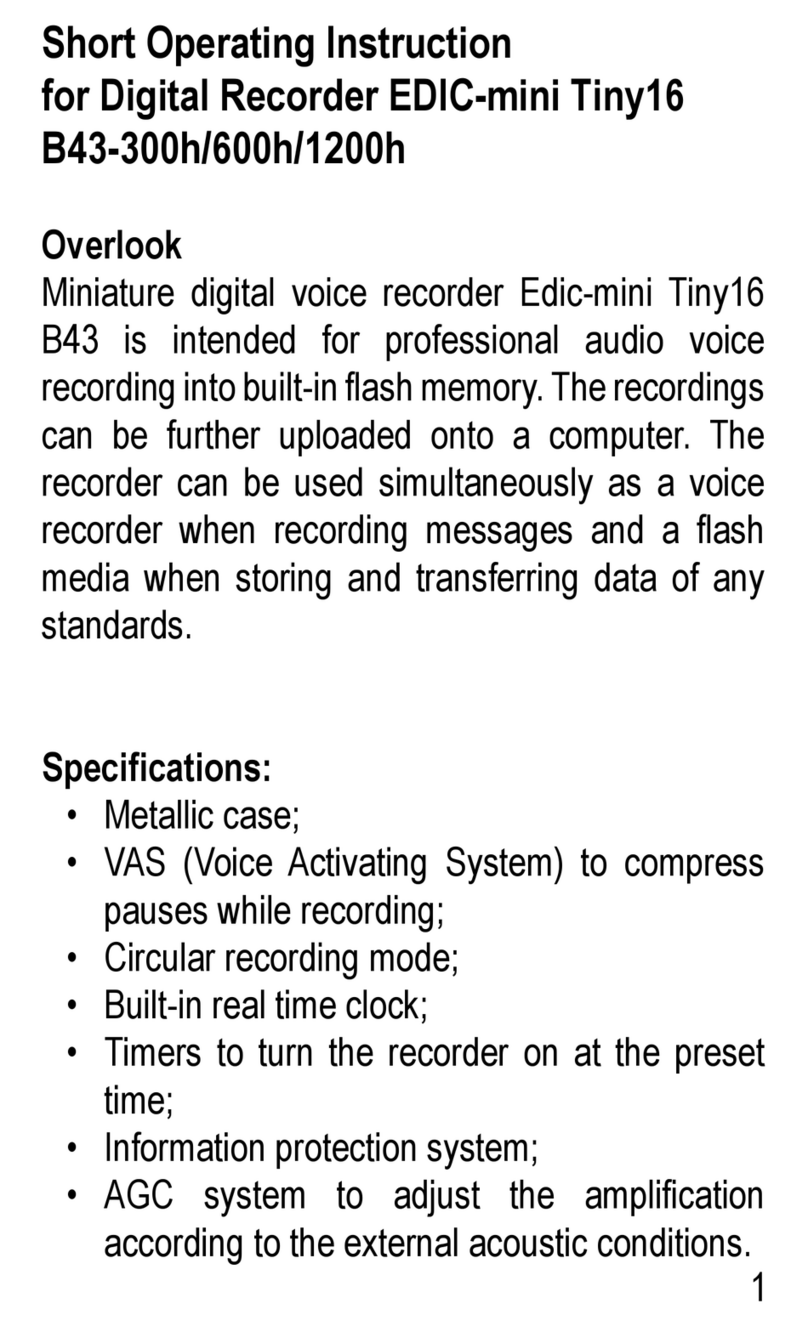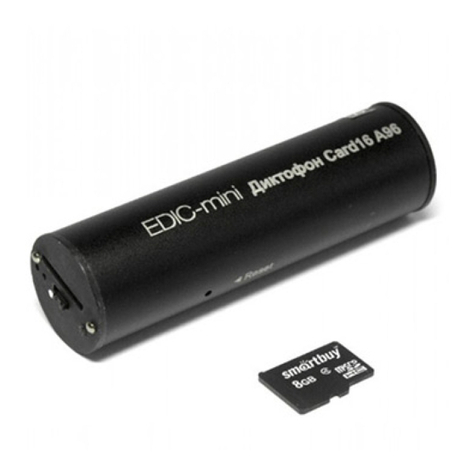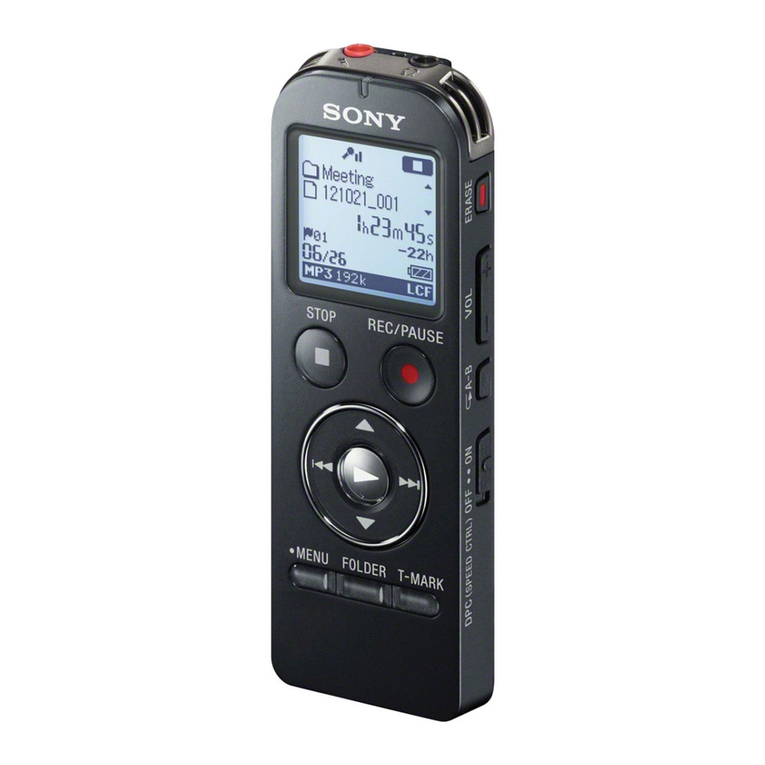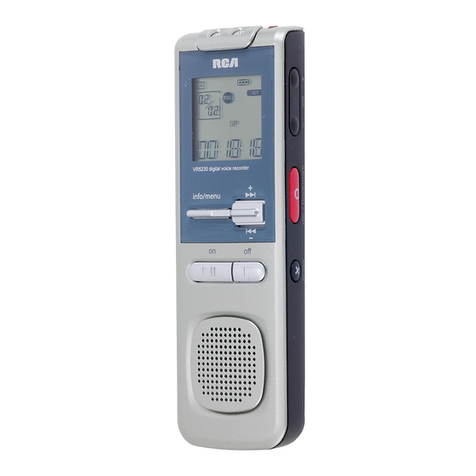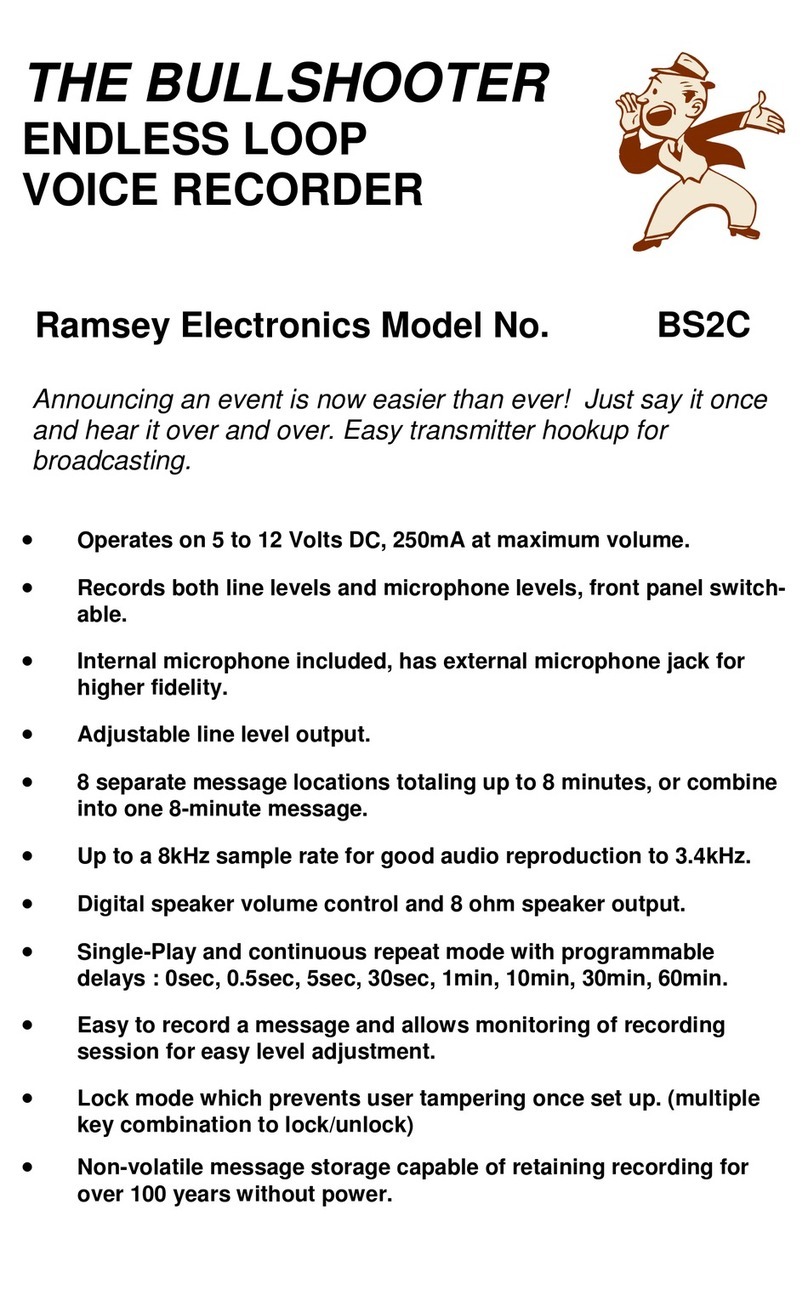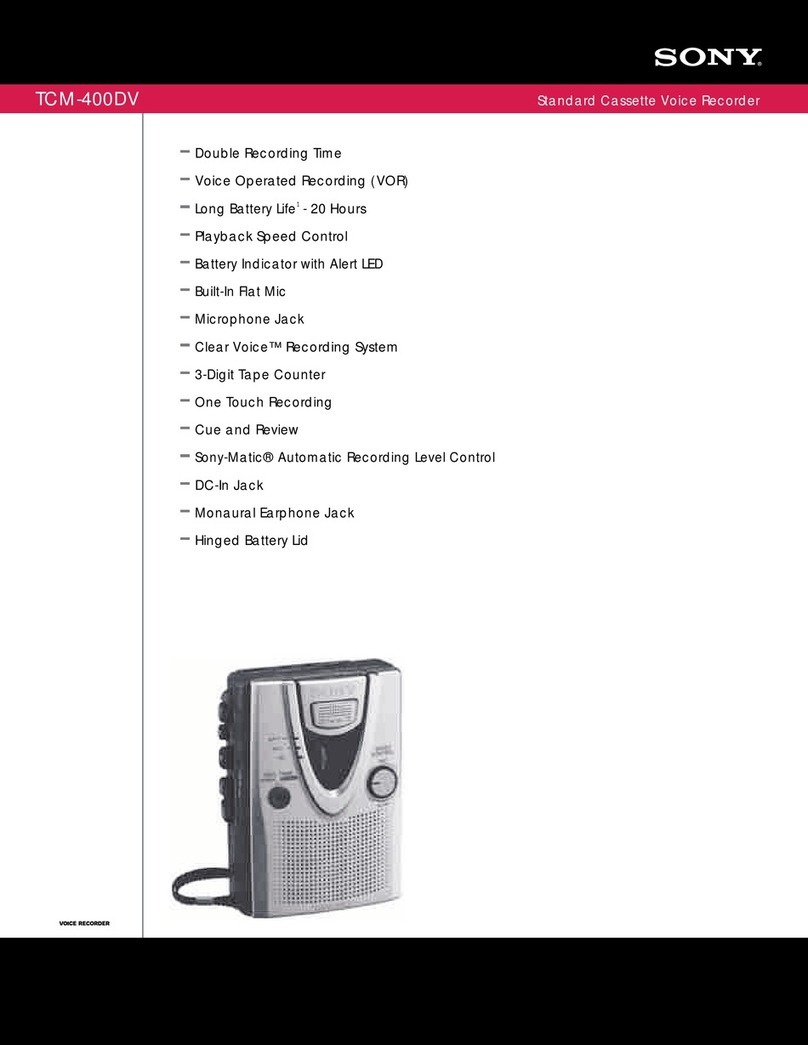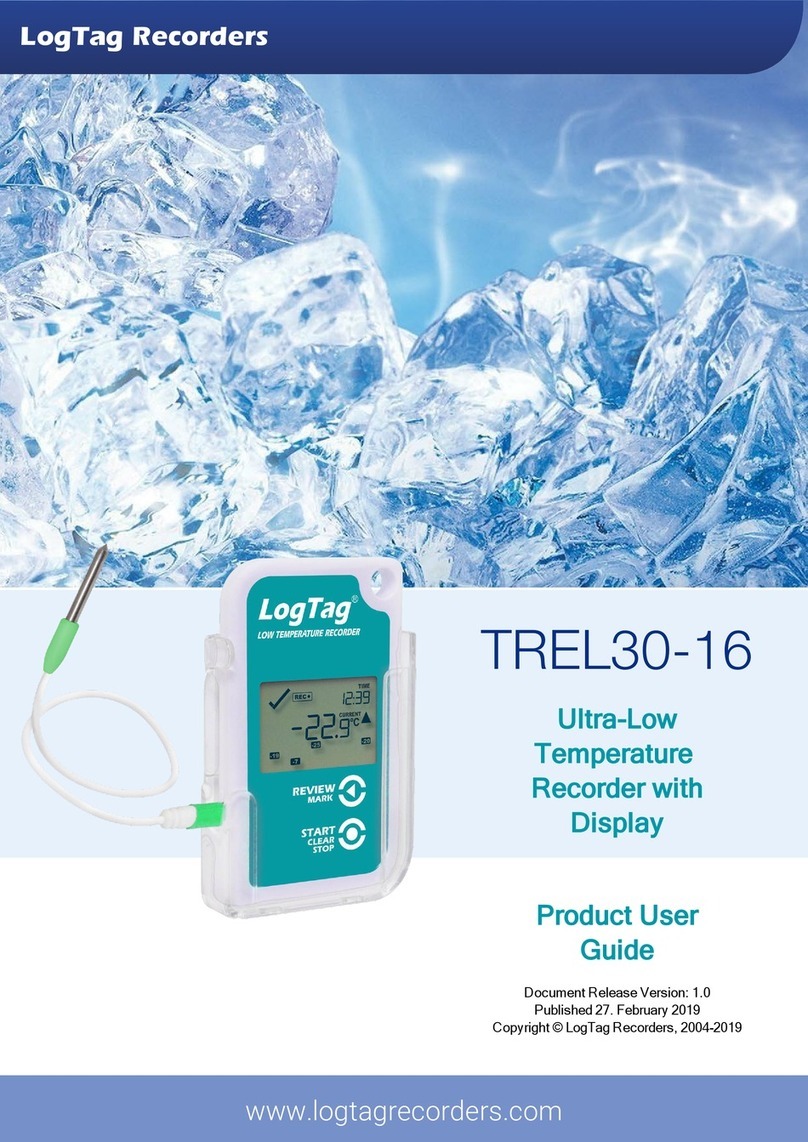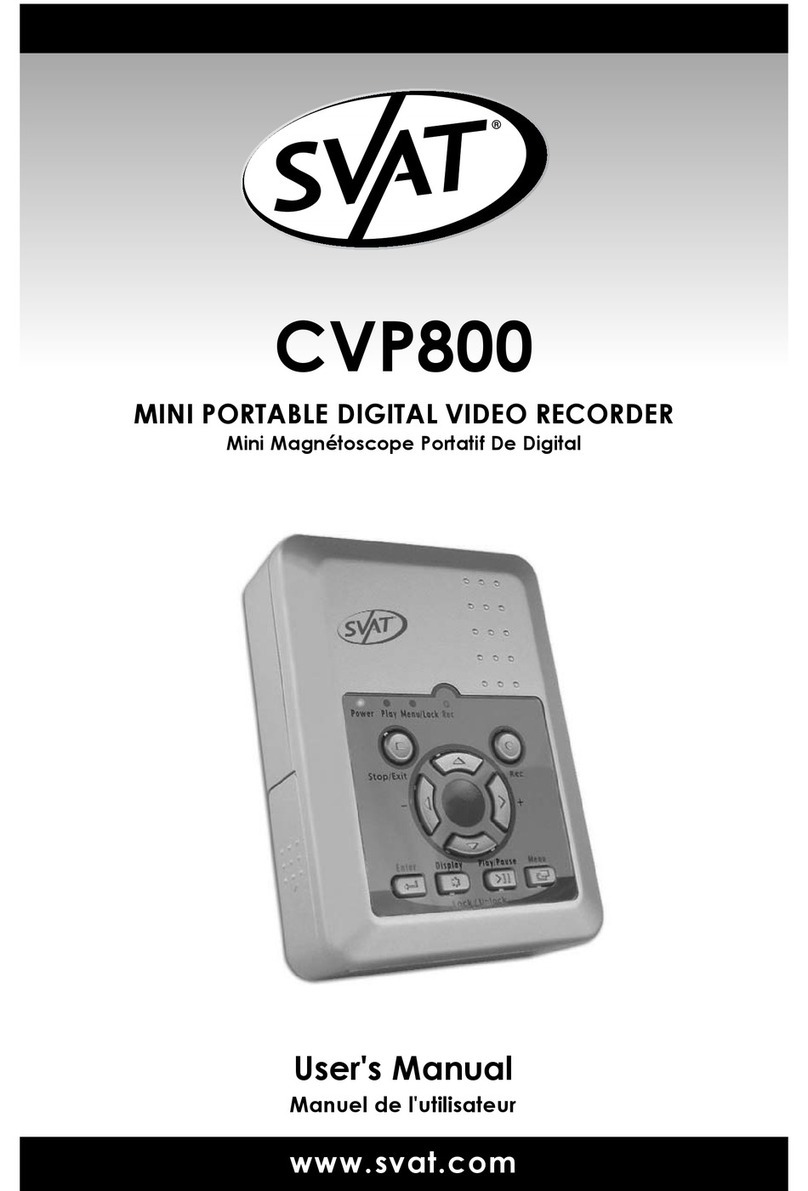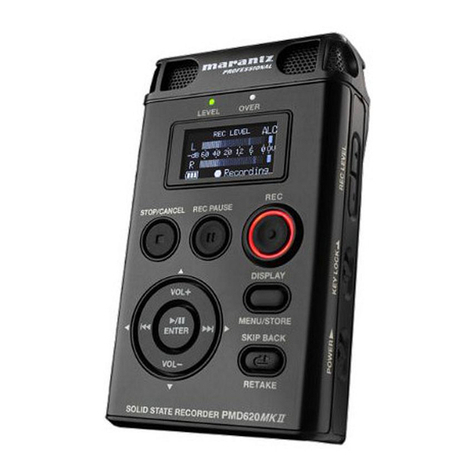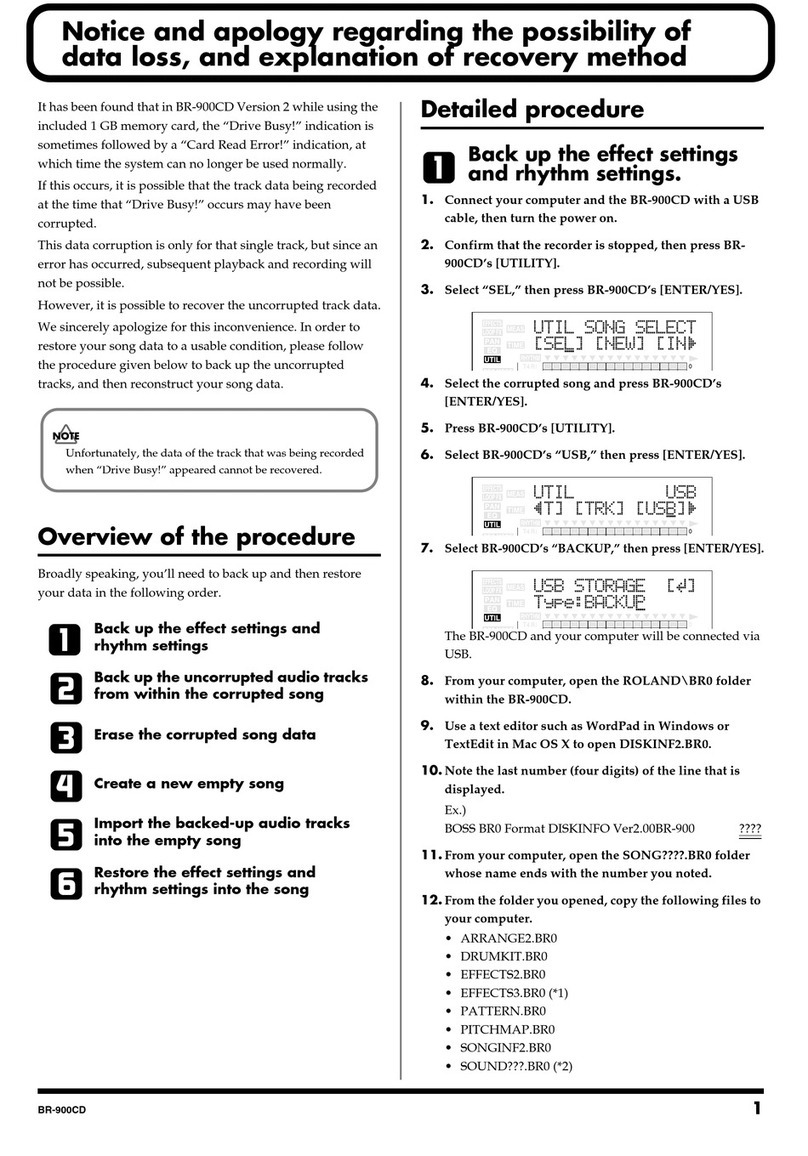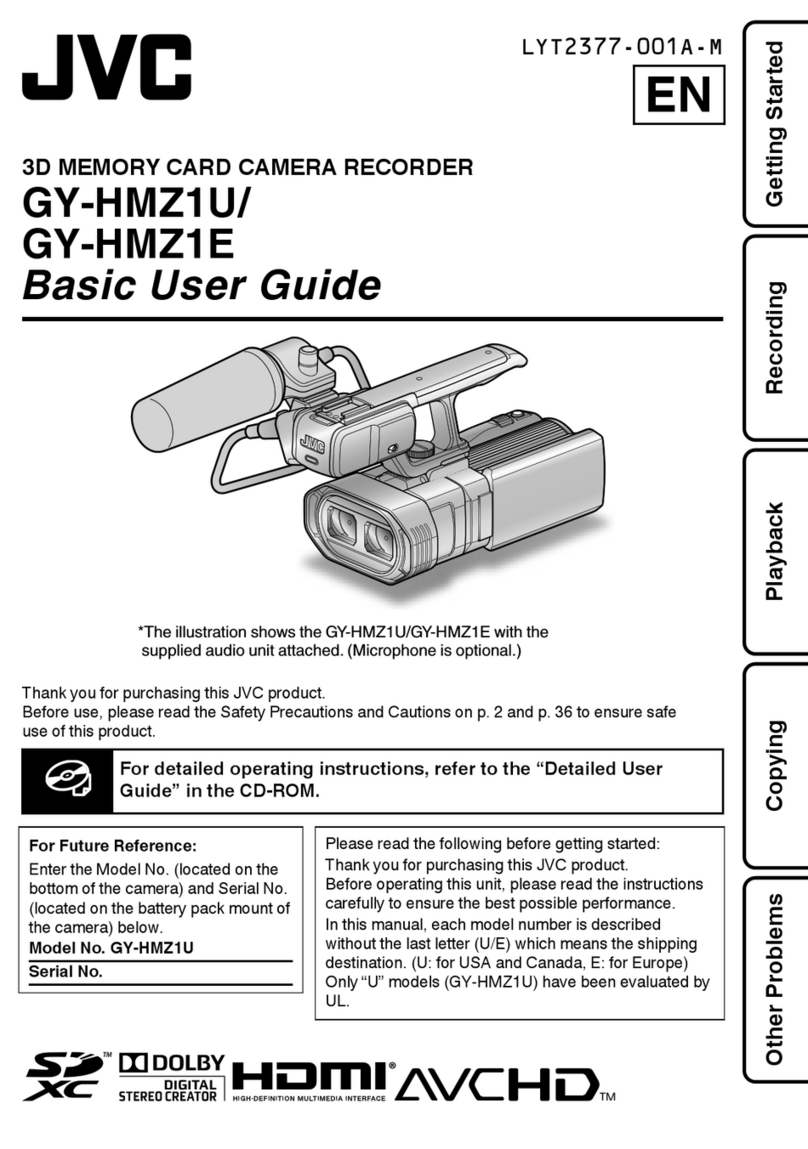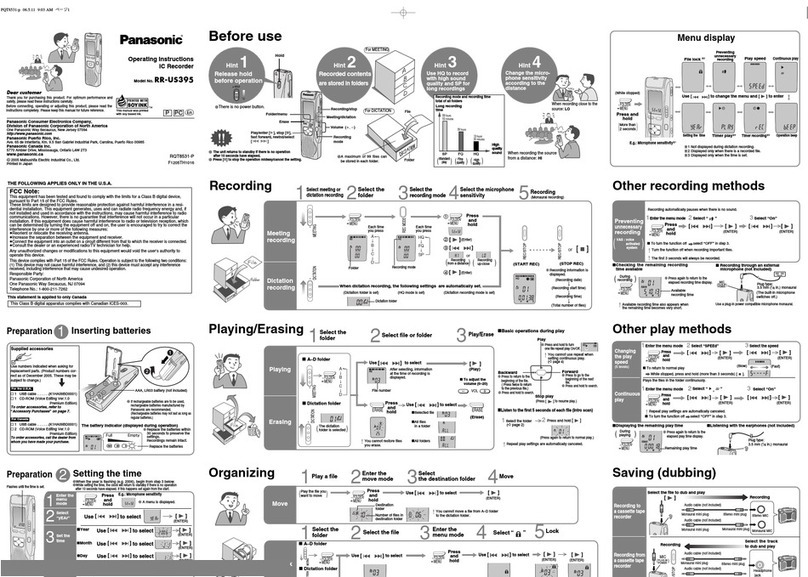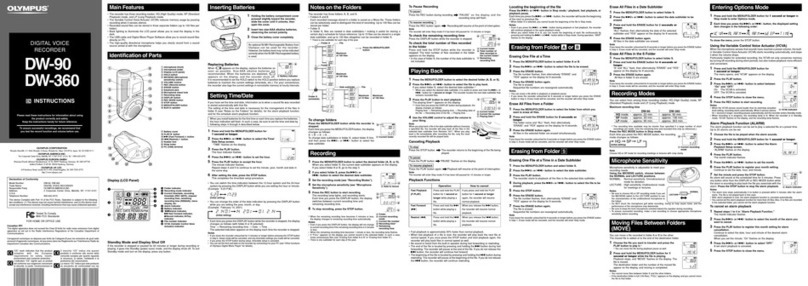
a. With the Function knob in the Stop
position, placethe full reel of tape on
the left spindle and thread the machine.
b. PlacetheSpeed Changeknobto the de-
sired tape speed. Make sure that the
head track selector knob is turned to
the "2-Track" position. The "2-
Track" positionof the heads is shown
in Fig. 6.
c. Connect the Lower Channel Auxiliary
Amplifier jack at the rear of the re-
corder to an external amplifier and
speaker system. Placethespeakerat
least 7 feettothe rightofthe recorder.
d. Turn the Function knob to the Play
position and play the tape through in
one direction only.
e, The upper stereo channel or track is
played back through the tape recorder
and its self-contained speaker (left
speaker). The lower stereo channel
or track is played back through the
external amplifier and speaker system
(right speaker).
f. InaHi - Fi hook-up, itmaybedesired
to play back the upper stereo channel
through an auxiliary amplifier and
speaker system to more closely match
the playbackofthe lower stereo chan-
nel. To do this, connect an auxiliary
amplifier and speaker system to the
Upper Channel Auxiliary Amplifier
jack at the rear of the recorder. Set
the recorder's Tone control to "Hi -
Fi" position and adjust the recorder's
Volume control until the "Normal!'
half of the Upper Channel Record Lev-
el indicator flashes. Thereafter, ad-
just the Volume and Tone contlols on
the auxiliary amplifier for the desired
listeningpleasure. To silence the
speaker in the recorder, insert a plug
into the Upper Channel Extension
Speaker jack, For best stereo re-
production, the right and left speakers
should be identical units, of good qual-
ity, and at least 7 feet apart.
To Record or Play Stereo 4 -Track Tapes
t Series l-2200 Recorders Only)
Stereo 4-track tapes contain two full length re-
cordings (anupper andlowertrack for each recording)
on the dull side of the tape. The procedure for re-
cording and playing 4-track stereo is essentially the
same as for recording and playing 2-track stereo. To
record or play 4-track stereo, proceed as follows:
1. To record from a radio, television, auxiliary
amplifier, or phonograph.
a. Turn the Function knob to the Stop
position and thread the machine.
b. Turn the head track selector knob to
the 'A'r position. This action moves
the heads inaposition with respect to
the tape as shown in Fig. ?.
c. Follow the instructions as described
in Steps 1-c, 1-d, 1-e, 1-f, 1-9, and
1-h under "To Record or Play Stereo
2-Track Tapes.
d. At the end of the first full-length re-
cording, return the Function knob to
theStopposition. Takethefull reel of
tape from the right spindle, turn it
over, and place it on the left spindle.
Place empty take-up reel on right
spindle and rethread the machine.
e. Leave the headtrack selector knob in
position "A". Followinstructions 1-c,
1-d, 1-e, 1-f, 1-g, and 1-h, as out-
lined under "ToRecord or PIay Stereo
2-Track Tapes", and record the
second full-length recording. {
2. To play a stereorecorded or prerecord* *- $ E
track tape. t E
a. With the Function lcrob in the Stop Sr il
position, placethe full reel of tape on { 3
theleft spindle andthreadthe machine. !D Q
b. Place the Speed Change knob to an" H E
desired tape speed. Make sure that fr irr
theheadtrack selector larob is turned \ -;
to the "A" position. The "A" position ;l l1
of the heads is shown in Fig. 7" 5 g
c. Followinstructions 2-c,2-d., Z-u, *a I 5
2-f as describedunder "To Record or.g _r
. Hjj:H"":;"";""""" E$
tion knob to the Stop position. Take t{ Q
the full reel of tape from the right S \
spindle, turn it over, and place it on
the left spindle. Place empty take-up
reel on right spindle and rethread the
machine.
e. Leave the headtrack selector knob in
position "A". Turnthe Function knob
to the PIay position and playthe s econd
full length recording through the re-
corder. Refer to Steps 2-e and 2-f
under "To Record or Play Stereo 2-
Track Tapes.
Erasing Tape
Whenever a monaural or stereo recording is
made, any prerecorded material on the tape is auto-
matically erasedbeforethe new material is recorded.
Erasure is accomplished onlywhen the recorder is in
the Record function. In Series T-2000 recorders the
erase head erases approximately t/2 of the tape each
time the tape passes the head.
In Series T-2200 recorders, the upper-channel
section only of the erase head erases approximately
o
|-
I
ril
T
\Jl
